Pest Control
Pest control refers to the management and regulation of pests, which are organisms that adversely impact human activities. These pests can include insects, rodents, birds, and other animals that can cause harm to crops, livestock, and human health. There are various methods and techniques used for pest control, which aim to minimize the damage caused by pests while minimizing harm to the environment and non-target species.
Types of Pest Control Methods
Chemical Control
This method involves the use of chemical pesticides to control pests. These pesticides can be synthetic or natural and are used to kill, repel, or disrupt the life cycle of pests. Examples of chemical pesticides include insecticides, herbicides, and rodenticides.
Biological Control
Biological control involves the use of natural enemies of pests to regulate their populations. This can include the introduction of predators, parasites, and pathogens that target specific pests. This method is often preferred for its environmentally friendly approach.
Cultural Control
Cultural control focuses on modifying the environment to reduce pest populations. This can include crop rotation, planting resistant crop varieties, and using barriers such as screens or nets to prevent pest infestations.
Mechanical Control
Mechanical control methods involve physically removing pests or creating barriers to prevent their entry. This can include trapping, fencing, and using physical barriers such as mulches or row covers.
Study Guide for Pest Control
- Define pest control and provide examples of common pests.
- Discuss the potential impact of pests on agriculture, human health, and the environment.
- Explain the different methods of pest control, including chemical, biological, cultural, and mechanical control.
- Compare and contrast the advantages and disadvantages of each pest control method.
- Describe the concept of integrated pest management (IPM) and its role in sustainable pest control.
- Discuss the importance of considering non-target species and environmental impacts when implementing pest control measures.
- Research and present a case study on a successful pest control program that minimized pest damage while minimizing environmental harm.
By understanding the various methods of pest control and their impacts, we can make informed decisions to manage pest populations while promoting environmental sustainability.
.◂Science Worksheets and Study Guides Fifth Grade. The 6-Kingdoms of life
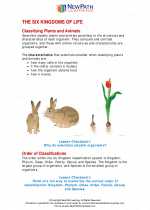
 Activity Lesson
Activity Lesson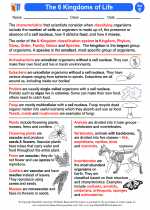
 Worksheet/Answer key
Worksheet/Answer key
 Worksheet/Answer key
Worksheet/Answer key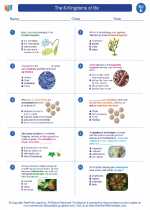
 Worksheet/Answer key
Worksheet/Answer key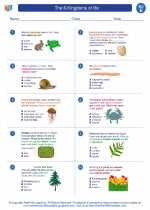
 Worksheet/Answer key
Worksheet/Answer key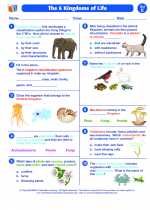
 Vocabulary/Answer key
Vocabulary/Answer key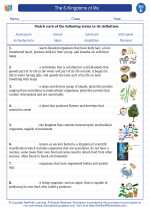
 Vocabulary/Answer key
Vocabulary/Answer key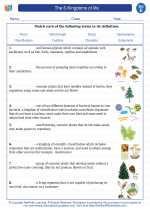
 Vocabulary/Answer key
Vocabulary/Answer key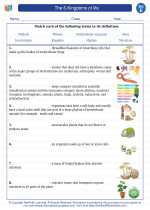
 Vocabulary/Answer key
Vocabulary/Answer key
